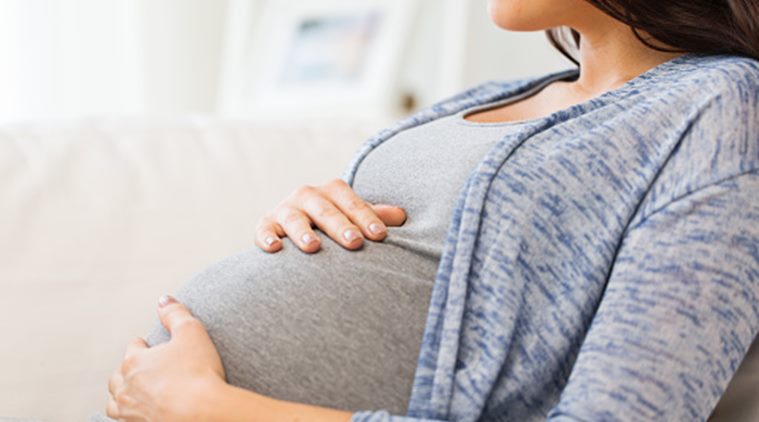One of the first things to do when you suspect that a pregnancy is reaching 'postdates' — beyond 40 weeks of pregnancy duration — is to check the mother’s last period dates.

Post-term pregnancy is defined as a pregnancy that has extended to or beyond 42 weeks (9 months) of gestation, or when the mother-to-be is 14 days ahead of the estimated date of delivery. Generally, after the mother-to-be completes 37 weeks of pregnancy, it is considered as a term pregnancy.
Causes
The most common cause of prolonged pregnancy, according to Dr Asmita Mahajan, consultant neonatologist and pediatrician, SL Raheja Hospital, Mahim – A Fortis Associate is “inaccurate dating”. Which is why, one of the first things to do when you suspect that a pregnancy is reaching ‘postdates’ — beyond 40 weeks of pregnancy duration — is to check the mother’s last period dates.
ALSO READ: Keep fit during pregnancy with these safe and easy exercises
“The cause of post-term pregnancy is usually unknown. Risk factors which may be associated with it are – if it is the first baby, previous post-term pregnancy, if the woman is carrying a male fetus, if the mother-to-be is obese, hormonal factors and genetic causes,” she says.
Complications and Risks:

There are certain risks associated with pregnancy continuing beyond 42 weeks of gestation, risking the lives of both the mother and the baby. Some of these risks include:
*Increased risk of babies being stillborn or dying within few days after birth. At 42 weeks of gestation the risk is twice as high as against that at full term (37 weeks).
*There is an increased risk of intrauterine infection to the baby.
ALSO READ: Migraine increases risk of complications during pregnancy, says study
*These is an increased risk of poor blood supply to the baby via the placenta, leading to lack of oxygen delivery to the baby. This, in turn, can cause the baby to pass stool (meconium) inside the mother’s uterus in the Amniotic Fluid.
*This could also lead to the baby developing pneumonia, due to aspiration of the meconium into the lungs.
*A risk of Fetal Macrosomia (birth weight >4.5 kg) also persists, and during delivery, such babies may sustain injuries or the mother may have vaginal tears or excessive post-partum bleeding. The baby’s shoulder or head may get stuck during delivery, or the labor may get prolonged.
About 20 per cent of post-term fetuses have Dysmaturity Syndrome, which means babies are born with physical features like those with Intrauterine Growth Retardation — where babies stop growing appropriately inside the uterus from lack of adequate blood supply via the placenta. This can lead to thin and wrinkled skin that peels, malnourishment, long hair and nails, Oligohydramnios (deficiency of amniotic fluid) and passage of meconium (baby stool).

These pregnancies are at bigger risk of umbilical cord compression, and short-term neonatal complications such as Neonatal Depression, Hypoglycemia (very low level of blood sugar), seizures, and respiratory insufficiency. Increased risk of long-term brain damage in the child is also a possibility.
Management:
*Accurate date of pregnancy is crucial to the diagnosis and management of post-term pregnancy.
*Routine ultrasound examination for pregnancy dating reduces the rate of false positive diagnosis. First trimester sonography is the best for dating the pregnancy.
*Prevention of post-datism by induction of labour seems to be the best management. The gestation at which this is to be done varies as per protocol of different hospitals. But, in view of current scientific evidence, it is ideal to not let the pregnancy to continue beyond 41 weeks of gestation and induce labour then, as the keeps increasing after 38-39 weeks. After 38-39 weeks, one should ask their gynecologist about the need for Antenatal Fetal Surveillance by doing Non-stress Test (NST) to ensure that the baby is growing healthily.
*The golden rule is to follow the doctor’s advice and know that they will always try to take the best possible decision for the fetal-maternal unit as a whole.
Source: Read Full Article
